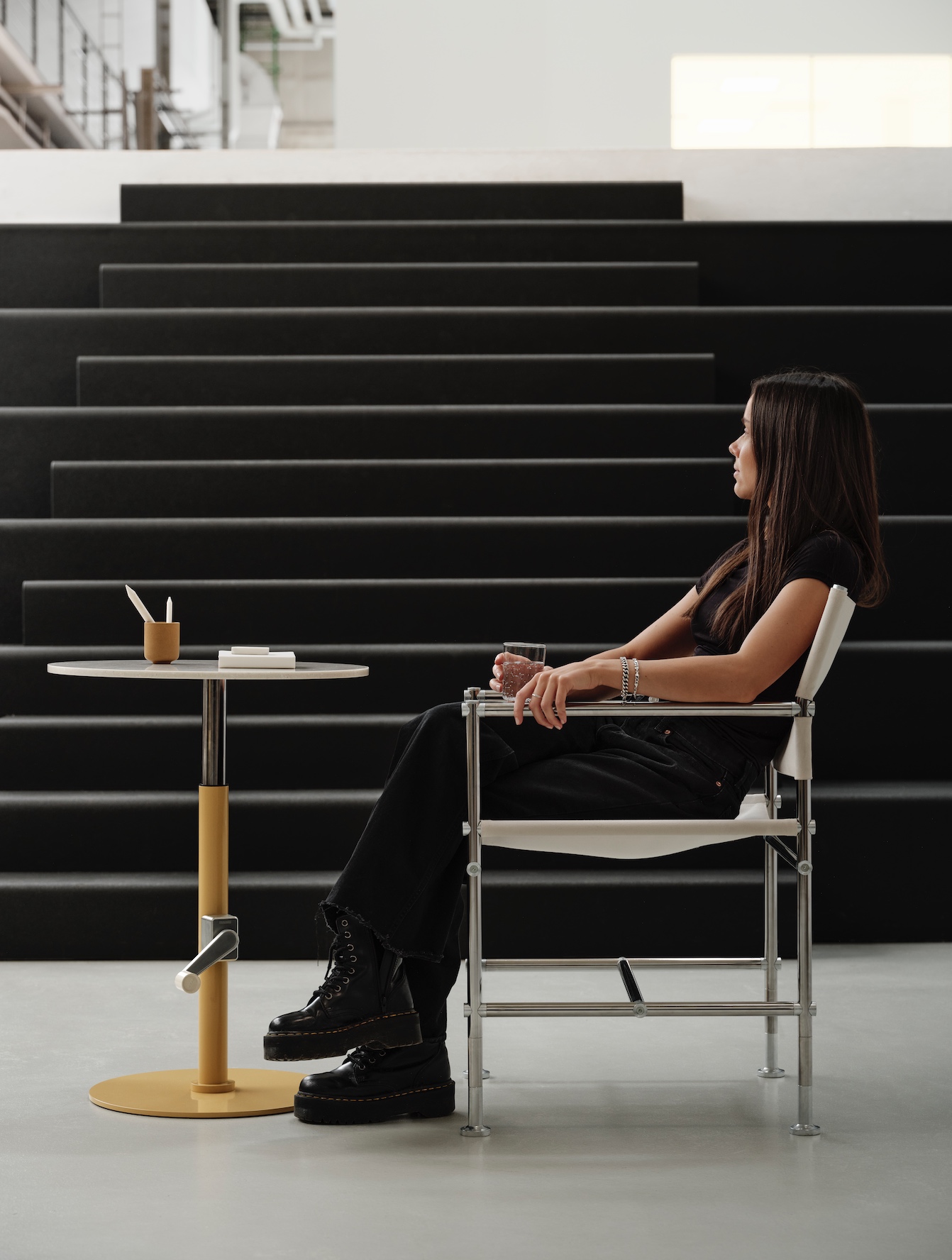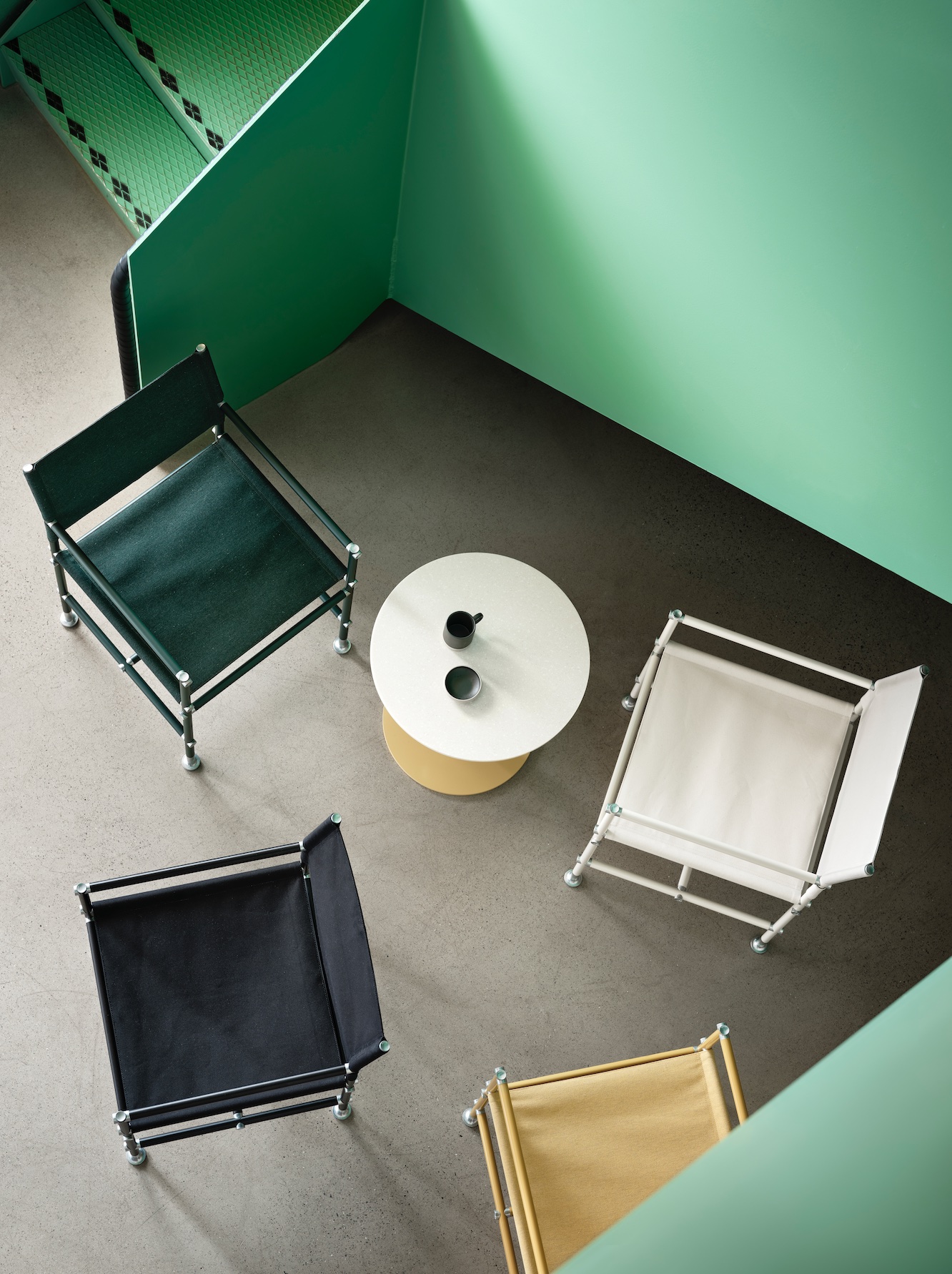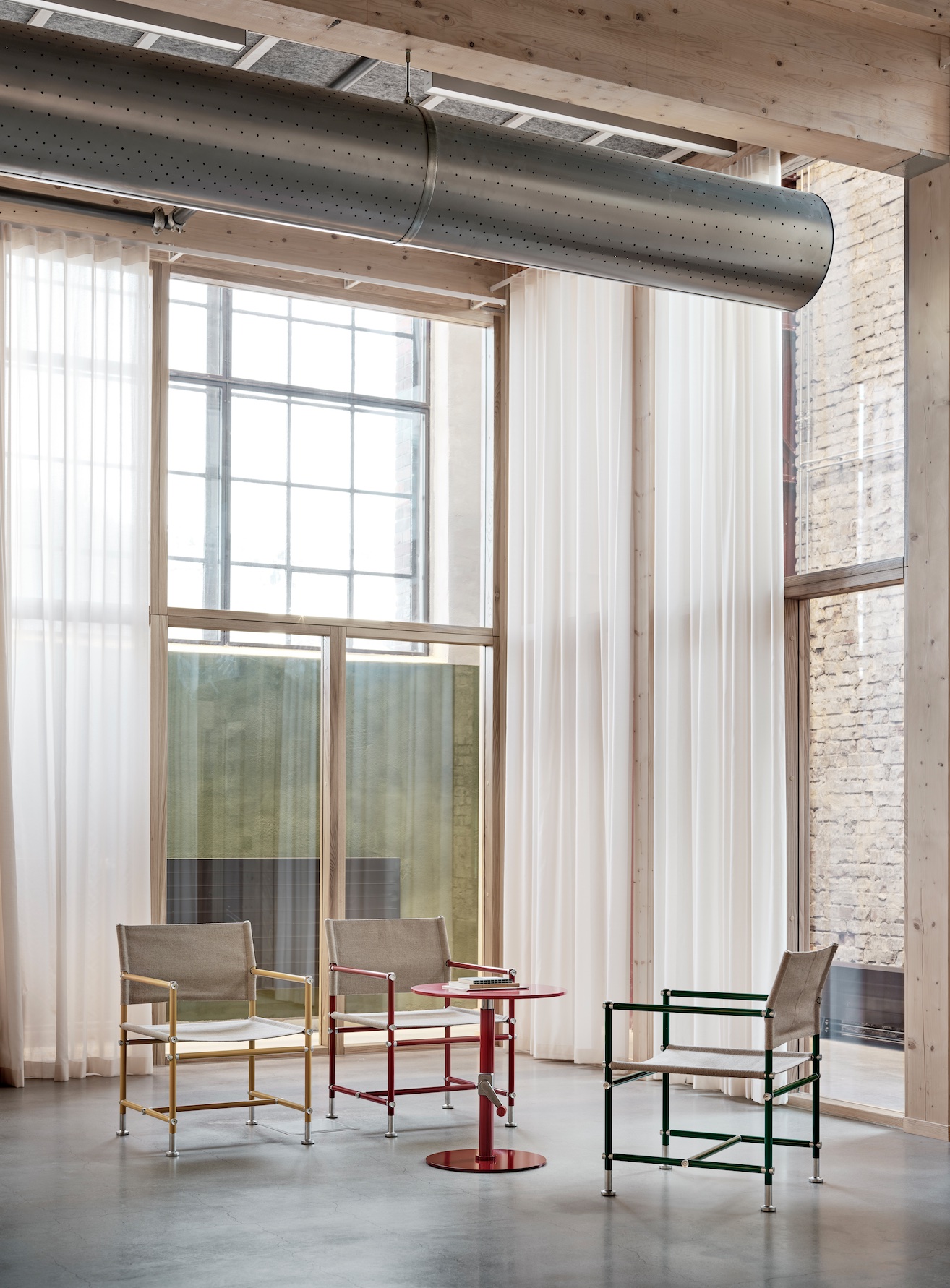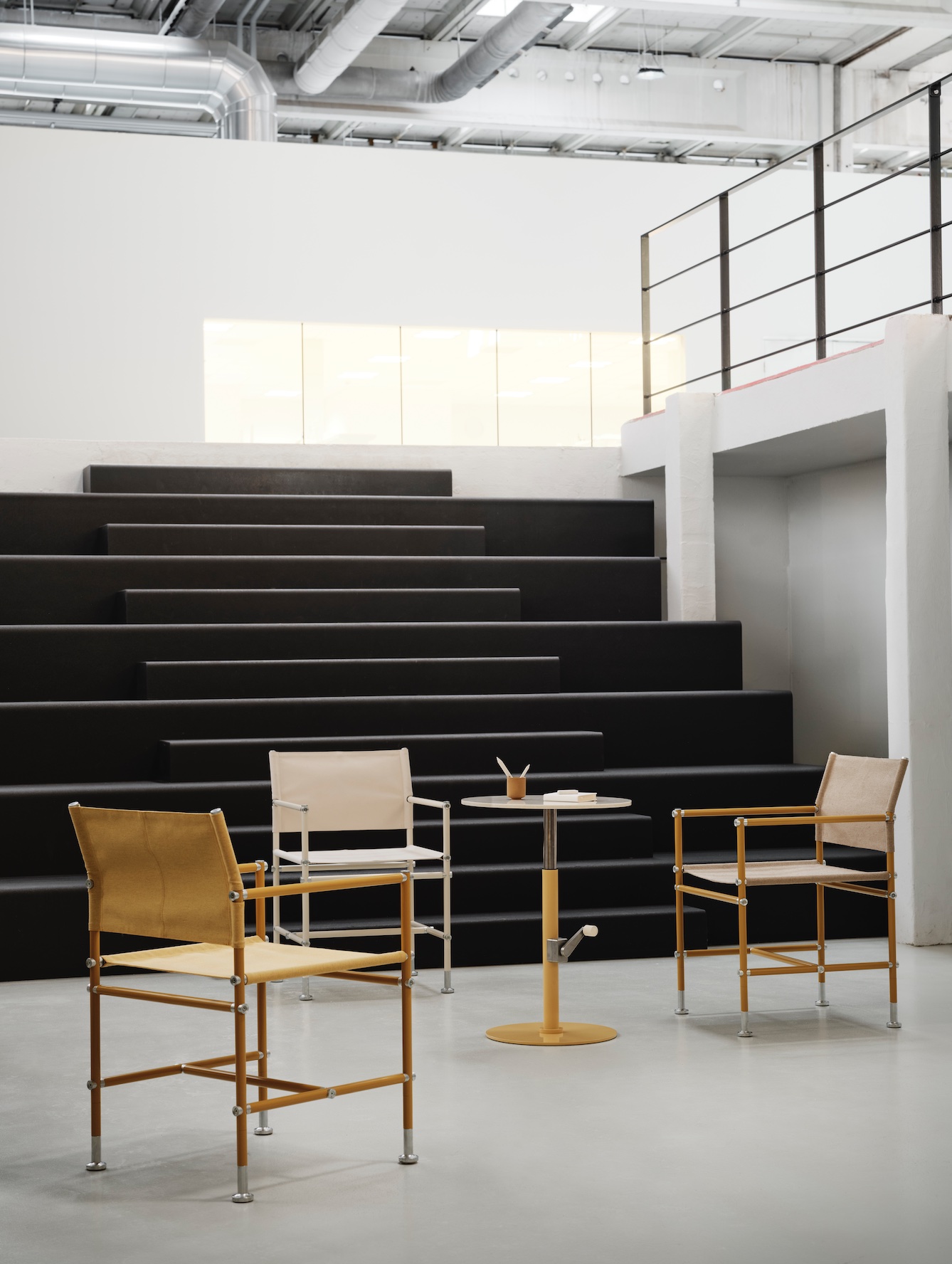
In an era flooded with novelty designs that don’t actually change the status quo, Blå Station’s Able chair dares to be different by not taking the same approach. Why worry about being ‘new’ when you can be better?
Family-run furniture brand Blå Station was founded by furniture designer Börge Lindau in Åhus, Sweden in 1986. His son, Johan Lindau, its current CEO and design manager, holds strong views about the design world. Novelty for its own sake is anathema to him, and he has no truck with the hackneyed phrase, “Thinking outside the box” (coined, it’s believed, by motivational speaker Mike Vance in the 1950s).
When design brands adopt this as a mantra, he says, it’s quixotic, since their new products are rarely original. The sector, he argues, suffers from “design overdose”, which he defines as follows: “Companies make things they call new designs, but they are the same products in new clothes and colours”.

Rather than letting disillusionment get the better of him, Lindau was determined to develop a new pared-down yet multifunctional armchair that married comfort and functionality, originally enlisting fellow Swedish designers Thomas Bernstrand and Stefan Borselius to do so.
Blå Station’s indifference to trends was the greatest influence on Able, the armchair ultimately co-created with Lindau. “Our ambition is to be aware of trends and stay away from them,” says Lindau. “We don’t work with inspirations.” Yet it’s reasonable to speculate that the Bauhaus – its tubular steel and leather furniture – partly inspired the Able chair. Lindau himself states: “There is a worn-out saying that form follows function. Able is very much that.”

The flip side perhaps of Blå Station’s scepticism about originality in design is its appreciation of design archetypes. Indeed, the Able, which has a tautly stretched canvas (or leather) backrest and seat and slender frame, recalls the classic director’s chair, albeit a sophisticated, complex variant on one.
Lindau admits an affection for the iconic director’s chair, partly for personal reasons: “Every designer loves this archetype,” he says, adding that his father co-designed a version – the X75-2 armchair – with Bo Lindekrantz in 1972. Boasting a canvas backrest and seat and metal frame, it is still manufactured by Swedish firm Lammhults. “But while working on the Able, we didn’t have a director’s chair in mind.”

The top half of Able’s backrest tilts slightly, supporting the sitter’s back. A promotional brochure for the chair lists statements that highlight the design’s key characteristics, notably its honest construction and versatility, including “when an exposed skeleton is more important than its protective casing” and “when construction meets playfulness and changeability”.
Lindau speaks candidly about the hiccups experienced during its development. “After a year, Bernstrand and Borselius came up with a proposal that I didn’t like. I realised that we needed to be 100 per cent true to the original assignment. They invited me to be a part of the process.” Able took several years to develop. “Time and again,” says Lindau, “we had to kill our darling until we arrived at the finished product.”

The designers sum up their creation as “sustainable, recyclable, upgradeable, changeable, renewable, dismountable, traceable, serviceable, adaptable and lovable”. In line with today’s repair-don’t-replace thinking, Able can be disassembled into many components. Damaged elements can be replaced with new ones, ordered from the company website (a QR code on a label under the seat takes customers to this).
The chair is aimed at the contract market but is adaptable to different contexts, says Lindau. “Today, the borders between home and office are blurred. Offices should have the feel of homes. Homes should function as a ‘hub’ for work. Able will blend in everywhere.”
Images by Marcus Lawett
This story was originally featured in OnOffice 168, Autumn 2024. Discover similar stories by subscribing to our weekly newsletter here






















